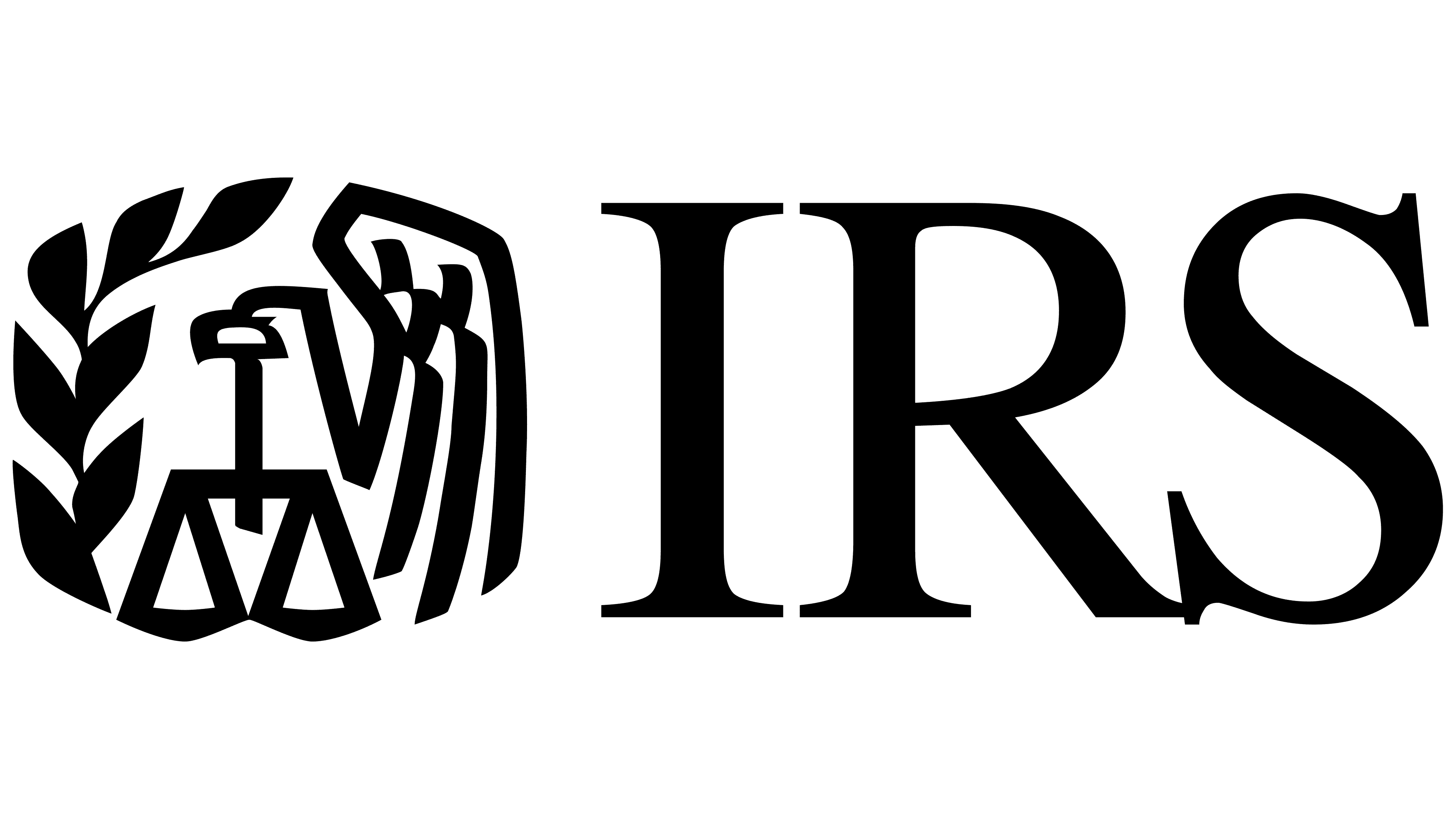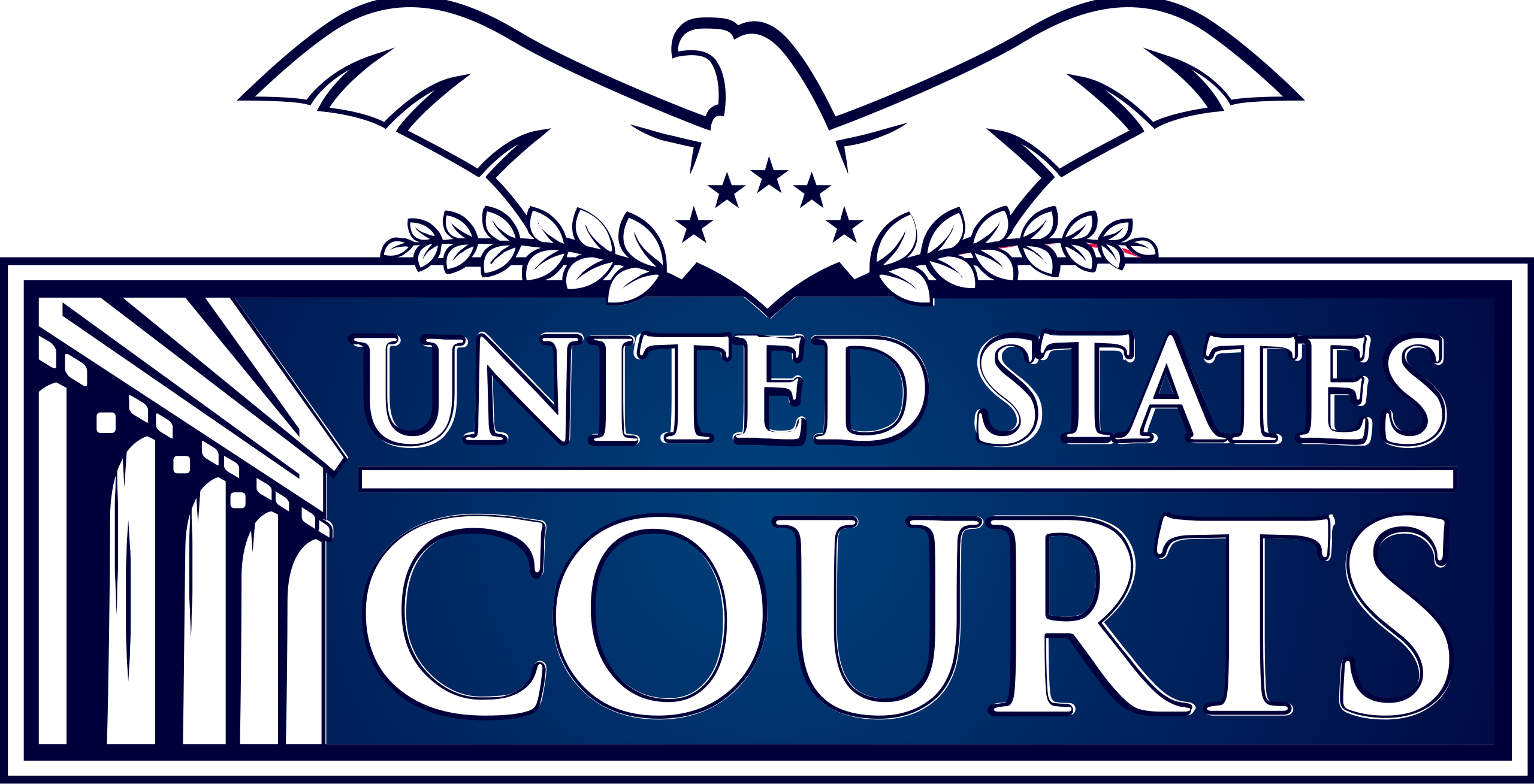






Collecting and trading numismatic coins is a centuries-old hobby that continues to thrive today. As such, the appraisal of these coins presents a unique challenge compared to other forms of appraisal. In this article, we will explore the factors that influence the value of numismatic coins and go over some of the difficulties that can arise when appraising these coins. We will also review the process of appraising ancient and foreign coins, as well as take a look at the global market of numismatists.
Numismatic coins are unique and often mysterious in the world of appraising. Numismatics, an ancient art, is the study of coins. Unlike the more commonly appraised, modern coins, numismatic coins have a considerable amount of history and value that must be taken into account when appraising them. While numismatic coins are far less common than modern coins, they have higher value due to their unique production methods and material qualities. As dedicated coin collectors know, many numismatic coins are produced from a variety of precious metals, such as copper, silver, and gold. Some coins are even made from rare elements, such as platinum or palladium. Coin appraisal involves more complexity than simply looking at the material and face value of a coin. To accurately determine the value of a coin, an appraiser must pay attention to its history, condition, rarity, and other factors. This is especially important when dealing with numismatic coins, as their exact value can often be hard to determine. By understanding the basics of numismatic coins, appraisers can give more accurate and appropriate valuations. With knowledge about the unique features of numismatic coins, appraisers can more accurately assess the true worth of these coins and ensure that coin collectors get the fair price they deserve.
? The value of numismatic coins is determined by a variety of factors. First, rarity matters - a rarer coin will typically be worth more than a common coin. Condition is also important; coins that are in good shape often fetch higher prices than coins that are worn or damaged in some way. The historical significance of a coin can also influence its value, as coins that connected to a significant person, event, or era can be more valuable. Country of origin can impact value, as coins from certain countries tend to be more desirable to collectors than coins from others. Last, coin grading services also factor into the value of a numismatic coin, as they assign a grade to the coin in question that reflects its condition and value.
When appraising numismatic coins, rarity plays a major role in determining the value. Rarity is typically determined by the availability and number of coins of a certain type in the market. The fewer coins that exist of a particular type, the more rare and valuable they become. Other factors like condition, type, and age can also affect rarity and price. When appraising numismatic coins, collecting specialists take all of these elements into consideration to assess the value of the coin. It’s important to remember that rarity impacts the price, but that’s not the only factor to consider when appraising numismatic coins. The condition of the coin, the historical time period it comes from, the type, and even the origin of the coin all play a major role in the appraisal of any numismatic coin. Appraisers must use a combination of research, knowledge, and experience to accurately assess the price of any numismatic coin. As an appraiser, it’s important to understand the differences between coins and use all of these factors to determine the appraised value of a numismatic coin.
When it comes to numismatic coins (coins with rarity or historical value), appraising them can be a unique challenge. The main problem is the difficulty of grading them. There are many factors to consider when grading numismatic coins, such as surface conditions, wear, toning, eye appeal, and many more. It is important to have an expert eye to be able to look at a coin and know the exact grade to assign it. Even the slightest variations can make a difference and might mean the difference between a low grade and a high grade. The uncertainty of grading also can create difficulties when selling or purchasing coins, as it can be difficult to come to a mutual agreement on the condition. This can lead to unnecessary confusion, especially when each party has different opinions on the grade of the coin. Therefore, to ensure the coin's worth is accurately determined, it is important to seek the opinion of a professional, experienced numismatist. Only then will you be able to know for sure of the worth of the coin.
When it comes to appraising ancient and foreign coins, the process can be quite challenging, to say the least. It requires a deep knowledge of world history, culture, and the numismatic landscape. This knowledge can be difficult to acquire, but it is necessary to properly assess the value of these coins. Generally, the older the coin is, the more difficult it is to appraise accurately. First, you must identify the coin's country of origin, series, and year of mintage. Then you should look into the coin's rarity and its condition. Do some research on the historical factors affecting the currency of that era. Finally, stay up to date on the current market trends that might change the price of the coin. The complexity of appraising ancient and foreign coins is one of the main reasons why it's best to work with experienced professionals who know how to assess their value. By doing so, you can get an accurate and reliable appraisal, no matter how rare the coin may be.
When numismatic coins are appraised, each of type must be considered separately. Minted coins are coins that are government issued and are typically more valuable than non-minted coins. Non-minted coins are those not issued by a government, and are primarily used for commercial purposes; they are typically made of cheaper material and are not as valuable as minted coins. Appraisers typically consider minted coins to be worth more because they are made from precious metals and bear an official stamp of approval. Non-minted coins, on the other hand, are more common and lack the same degree of official verification. When appraising a numismatic coin, the appraiser must consider the type of coin as part of the valuation. Minted coins command higher premiums and have provenance that can help support their value. Non-minted coins, while still valuable, may not command as high a value as a minted coin of similar age and condition.
When discussing the global market of numismatists – or coin collectors – it is essential to understand how appraising coins can be quite a challenge. Coin collectors often come from around the world and are willing to pay large sums of money for rare coins. This creates a wealth of appraisal opportunities for those found in the numismatic coin market. However, appraisals in this market require knowledge of the coin as well as its material, provenance, condition, and numismatic significance. It is essential for appraisers to understand currency regulations in certain countries, determinations of fakes, and market trends in order to accurately appraise a coin. Coin appraisers need to be knowledgeable in the numismatic world, recognize patterns and trends, and understand the intricacies of a coin’s composition and overall condition in order to give an accurate estimate of value. With the right appraisal, coins can be insured, traded, or even auctioned off successfully.
Numismatic coins have a long and fascinating history, with many different variations among different countries and cultures. One of the most challenging aspects of appraisingnumismatic coins is discovering the unique characteristics that set them apart and make them valuable. For instance, a rare coin from the 18th century may have a different size, shape, weight or color than a modern one. Moreover, while the composition may be the same, the markings on the coin can be very different. Finding and appraising these variations can be difficult as they often show up in small details such as head or tail designs, mint updates, and metal contents that vary from country to country. Additionally, market value can vary greatly depending on not just the coin, but its condition. Establishing a true market value of a numismatic coin can be a difficult and time-consuming task as investors and collectors may place different values due to rarity, condition or specific features of the coin. Having the right knowledge and experience of the numismatic market is essential to get an accurate appraisal for any type of numismatic coins. At our company, we are experts in numismatic coins and have the experience needed to appraise them correctly.
. When evaluating coin hoards and collections, usually there are many different variables needing assessment. An appraiser needs to carefully examine the condition of each individual coin, its age, its grade on the Sheldon Scale, and value of its metal per ounce, and even its artistic aspects. All these factors are weighed when accurately assessing a coin hoard or collection. The appraiser also has to be sure to examine the items in detail for authenticity, in order to value them properly. Not only does the appraiser have to double-check the condition of the coins, but also the quality of its storage. Additionally, any documents of taxation or historical context regarding the coins needs to be reviewed for accuracy. All of these elements are necessary in order to provide an accurate appraisal of a coin hoard or collection.
, What Is the Special Consideration That Must Be Made? When it comes to numismatic coins, appraisers must take into account the value of the coin beyond its worth in raw metal alone. Factors such as age, condition, rarity, design, and historical significance play a significant role in determining the value of the coin, which requires a much more in-depth assessment than a typical metal appraisal. For instance, if a coin is particularly rare, its value increases significantly, as opposed to more common coins, though its metal content may be much less. Similarly, a well-preserved, higher grade coin that dates back to a historic period or event can command a much higher premium than other coins of similar worth. The professional appraisal process for numismatic coins, therefore, must include an assessment of a variety of factors in order to accurately determine the coin's fair value. As a result, this specialized area of appraisal often requires the expertise of a credentialed appraiser in order to obtain a proper understanding of the numismatic coins at hand.
When trading and appraising numismatic coins, it is important to be aware of the many factors that influence the value of these coins. Professional appraisal services, such as those offered by AppraiseItNow, can help you make the most informed decision possible when dealing with the unique challenges of numismatic coins appraisal.




